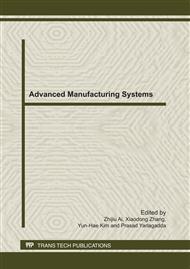p.533
p.538
p.543
p.547
p.553
p.557
p.561
p.566
p.571
The Simulation of Dropped Objects on the Offshore Structure
Abstract:
Dropped objects accidents frequently happen during offshore structures operating. In this paper models of dropped objects on the platform were built to simulate the whole falling process by nonlinear FEM software. The shape of dropped objects, the horizontal velocity of dropped objects, dropped into water, different boundary conditions etc. were considered. The safety and feasibility of an approximate method that simplified a stiffened plate into an equivalent panel were also discussed. According to the simulation, it is found that the effective contact area, the velocity of the dropping objects and dropping position are the main factors to the safety of the structure. The simulation with the Fluid-Solid approach was also be verified to be more conservative. Based on the calculation results, it’s proved that the simplified equivalent panel can not be substituted for the stiffened plate, because the girders and stiffeners on the plate promote the crashworthiness of the plate.
Info:
Periodical:
Pages:
553-556
Citation:
Online since:
September 2011
Authors:
Price:
Сopyright:
© 2011 Trans Tech Publications Ltd. All Rights Reserved
Share:
Citation:


